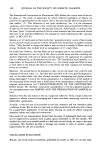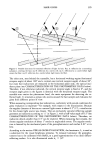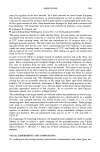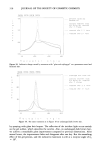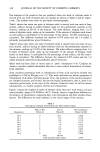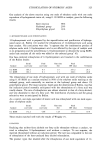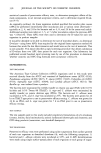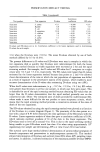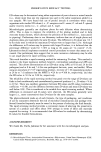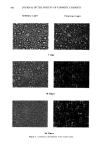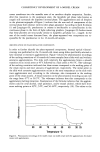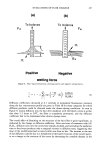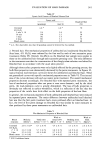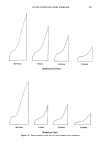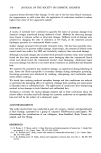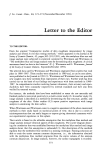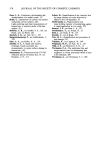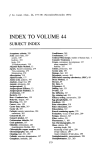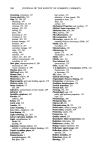
j. Soc. Cosmet. Chem., 44, 319-328 (November/December) Group selectivity of ethoxylation of hydroxy acids ANTHONY J. O'LENICK, JR., and JEFF K. PARKINSON, $iltech Inc., 4437 Park Drive, Norcross, GA 30093, Received June 15, 1993, Synopsis A study of the ethoxylation of two hydroxy acids was undertaken to determine if there was any group selectivity of ethoxylation. The hydroxy acids chosen for study were 12-hydroxystearic and lactic acid. Standard ethoxylation reactions were carried out using one mole of ethylene oxide to one mole of each hydroxy acid. Unlike typical fatty acids or alcohols, 12-hydroxystearic acid and lactic acid both ethoxylate without a catalyst. This could be explained by the presence of both a hydroxyl and carboxyl in the reaction solution or the presence of both groups in the same molecule. We suggest that this may be due to some type of complex forming between the oxide and the carboxyl and hydroxyl groups, since blends of stearic acid and stearyl alcohol fail to ethoxylate without a catalyst. Despite the fact that carboxyl groups of the hydroxy acids studied ethoxylate almost exclusively under base catalyst, and predominately with no catalyst, the reaction rate does not show an induction period, which would be expected for carboxyl group ethoxylation. The ethoxylation rates approximate those of primary alcohols under base catalyst. Ethoxylation of both hydroxyl groups and carboxyl groups has been practiced for many years in the preparation of many surface-active agents. Fatty acid ethoxylates and fatty alcohol ethoxylates are members of a wide range of ethoxylates that are excellent surfactants. Surfactants are surface-active agents that function as detergents, wetting agents, and emulsifiers. They are used as solubilizers, coupling agents, fiber lubricants, antistats, leveling agents, and dyeing assists (1). In addition, these materials are used in numerous personal care applications and are key raw materials in the preparation of other surfactants like fatty alcohol ether sulfates. Ethylene oxide reacts in an extremely exothermic manner with compounds having a labile hydrogen. Fatty acids and fatty alcohols are two of many such compounds containing a labile hydrogen. Alkaline and acidic catalysts make the reaction possible and accelerate it. FATTY ALCOHOL ETHOXYLATION Fatty alcohols react with ethylene oxide at the hydroxyl group to give an ether linkage and a new hydroxyl group. While conceptually the reaction is simple, the reality is that the reaction product is a complex mixture of oligomeric products that are a series of compounds that contain different amounts of ethylene oxide (2). A relatively wide distribution of species that have varying amounts of oxide reaction products present on the base hydrophobe is produced by the reaction. 319
Purchased for the exclusive use of nofirst nolast (unknown) From: SCC Media Library & Resource Center (library.scconline.org)


